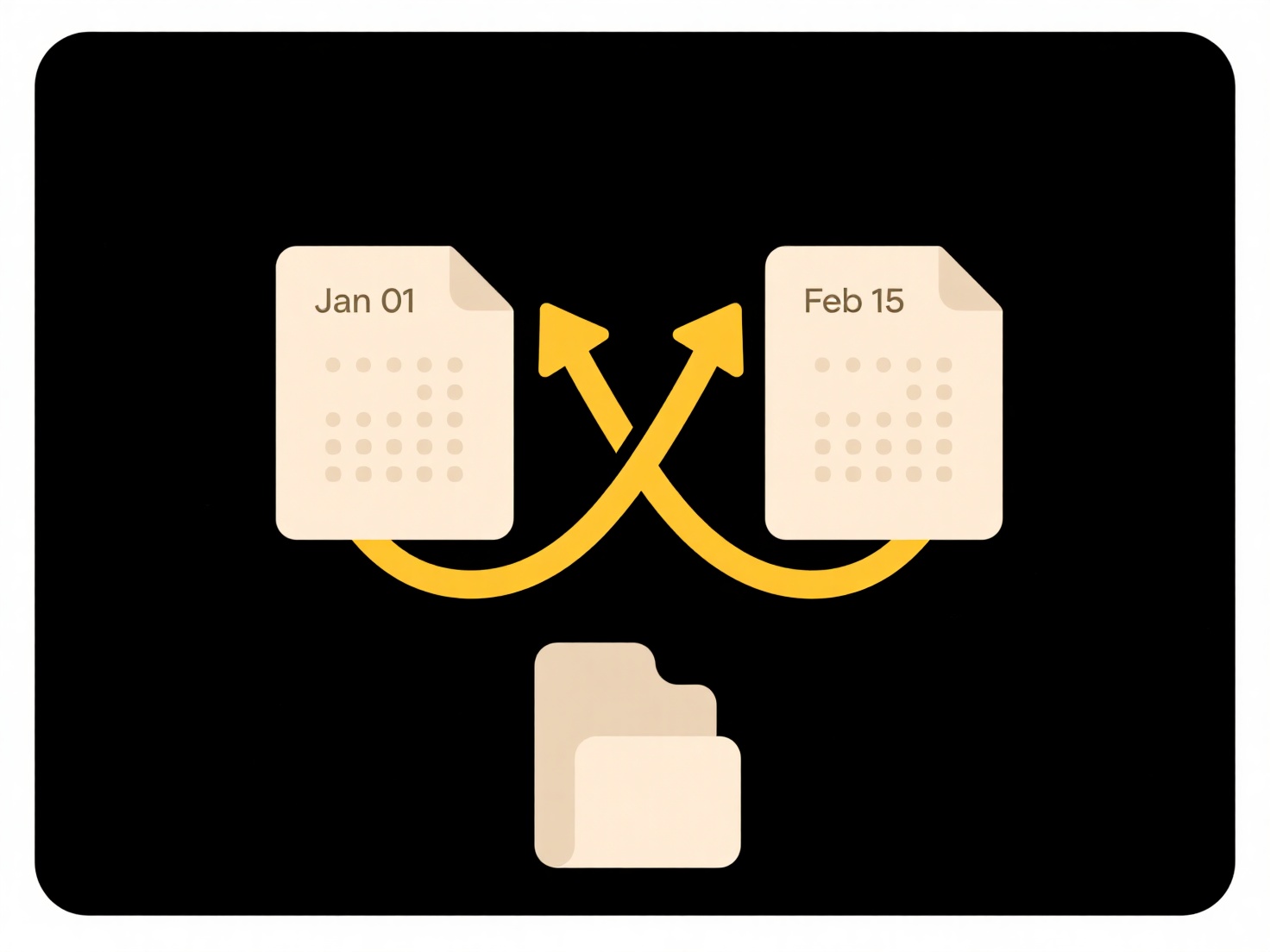
Migrating legacy folders involves transferring outdated digital files and directory structures to modern systems while preserving integrity and access. Unlike regular backups, this process often requires restructuring data formats, permissions, or metadata to align with new platforms. The key challenge is ensuring accurate, secure transfer without data loss or corruption, typically involving specialized tools beyond simple copy-paste.
Common examples include moving decades-old financial records to cloud-based ERP systems or transferring engineering CAD files to Product Lifecycle Management (PLM) software. Healthcare organizations frequently migrate patient records from legacy file servers to HIPAA-compliant databases using migration wizards like ShareGate or Microsoft Azure Data Box for enterprise-scale projects.

Potential benefits include enhanced security, search capabilities, and compliance adherence. However, challenges include downtime risks, obsolete file formats requiring conversion, and permission mapping complexities. Ethical considerations involve maintaining data privacy during transfer and verifying completeness post-migration. Future developments increasingly leverage AI for automated metadata tagging during transfer, reducing manual effort while improving accuracy.
How do I migrate legacy folders to a new system?
Migrating legacy folders involves transferring outdated digital files and directory structures to modern systems while preserving integrity and access. Unlike regular backups, this process often requires restructuring data formats, permissions, or metadata to align with new platforms. The key challenge is ensuring accurate, secure transfer without data loss or corruption, typically involving specialized tools beyond simple copy-paste.
Common examples include moving decades-old financial records to cloud-based ERP systems or transferring engineering CAD files to Product Lifecycle Management (PLM) software. Healthcare organizations frequently migrate patient records from legacy file servers to HIPAA-compliant databases using migration wizards like ShareGate or Microsoft Azure Data Box for enterprise-scale projects.

Potential benefits include enhanced security, search capabilities, and compliance adherence. However, challenges include downtime risks, obsolete file formats requiring conversion, and permission mapping complexities. Ethical considerations involve maintaining data privacy during transfer and verifying completeness post-migration. Future developments increasingly leverage AI for automated metadata tagging during transfer, reducing manual effort while improving accuracy.
Quick Article Links
What are the best practices for avoiding and managing file duplicates?
File duplicates occur when identical copies of the same file exist unnecessarily across storage systems, wasting space a...
What do I do if my Excel file won’t open?
If your Excel file won't open, it indicates the file or the application itself is encountering a problem preventing succ...
How do I create a consistent file naming system for my team?
A consistent file naming system is a predefined set of rules structuring how files are titled, typically including eleme...